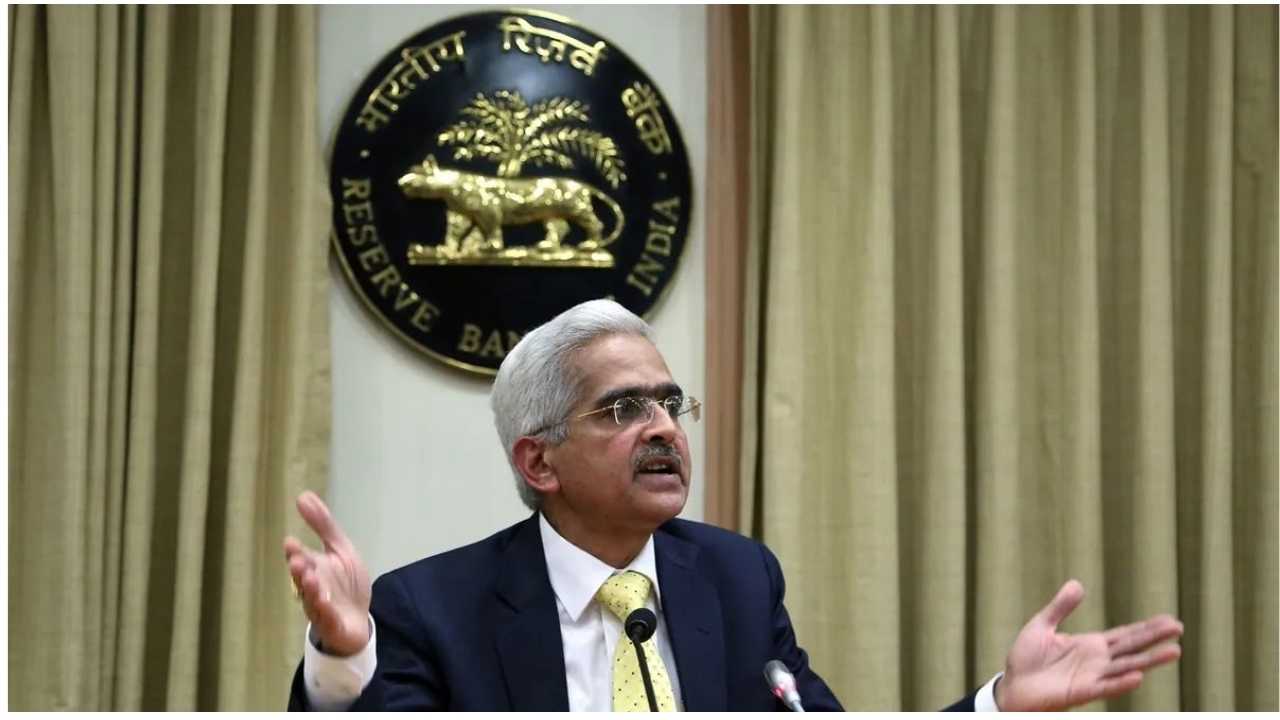October 9, 2024 – The Reserve Bank of India (RBI) has decided to maintain the repo rate at 6.50%, marking the ninth consecutive meeting without any changes. This decision comes as the RBI grapples with rising food prices and their impact on inflation, while also considering easing core inflation and decreasing global borrowing costs.
Current Economic Landscape
During the recent RBI monetary policy meeting, Governor Shaktikanta Das emphasized the central bank’s commitment to managing inflation, which has consistently exceeded the target rate of 4% for over 57 months. The Consumer Price Index (CPI) inflation recently reported a year-on-year increase of 5.1%, primarily driven by surging food prices, particularly in vegetables and pulses.Economists predict that CPI inflation could experience a significant jump in September due to unfavorable base effects, with projections estimating inflation at 4.1% for Q2, rising to 4.8% in Q3, and expected to moderate to 4.2% in Q4.
Potential Shift to a Neutral Stance
While the RBI has opted to keep rates unchanged, discussions about a potential shift to a neutral monetary policy stance have gained traction. This shift would provide the RBI with greater flexibility to adjust interest rates based on evolving inflation trends, contrasting with its current stance of withdrawing accommodation.Economist Sakshi Gupta from HDFC Bank noted that core inflation has remained stable, suggesting that any spillover from food inflation into general inflation is unlikely. This sentiment aligns with discussions surrounding the RBI’s readiness to consider policy adjustments as economic conditions evolve.
Global Context and Future Outlook
Globally, many central banks are reducing interest rates, which could influence RBI’s decisions moving forward. The Federal Reserve is anticipated to cut rates soon, while both the Bank of England and the European Central Bank have already made reductions. Although the RBI primarily focuses on domestic inflation, lower global rates could help maintain adequate rate differentials crucial for the Indian rupee’s stability.
Conclusion
As the RBI continues to navigate complex economic pressures, its current policy reflects a cautious approach aimed at stabilizing inflation while monitoring global trends. Investors and market participants will be closely watching future announcements for indications of potential shifts in RBI policy that could impact economic growth and financial markets. Disclaimer: This article is for informational purposes only and does not constitute financial advice or endorsement of any specific investment.












